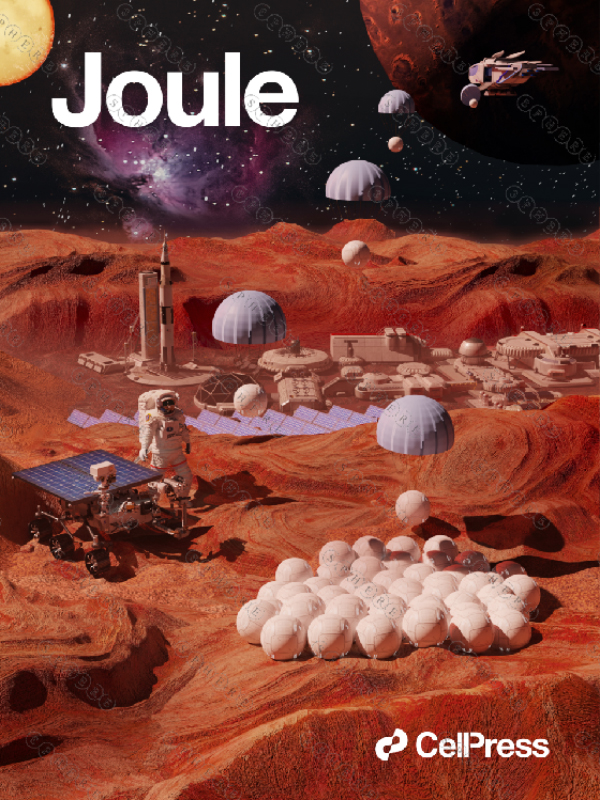Joule中稿封面
Sep 21,2022
The image designed by Sphere Studio is selected as the cover of Joule in Sept, 2022.

24.8%-efficient planar perovskite solar cells via ligand-engineered TiO2 deposition
Hao Huang, Peng Cui, Yan Chen, Luyao Yan, Xiaopeng Yue, Shujie Qu, Xinxin Wang, Shuxian Du, Benyu Liu, Qiang Zhang, Zhineng Lan, Yingying Yang,Jun Ji, Xing Zhao, Yingfeng Li, Xin Wang, Xunlei Ding, Meicheng Li
The ligand-engineered deposition (LD) strategy based on the coordination ability of ligands (such as tartaric acid) is proposed to regulate TiO2 film and interfacial structure. The resultant planar perovskite solar cells (PSCs) achieve an impressive PCE of 24.8% with a fill factor exceeding 0.83, which is the highest PCE among the TiO2-based planar PSCs reported so far.
Summary
We have provided two different styles of design drafts as follows.


PREV: Nature Catalysi中稿封面
NEXT: Nature Catalysis中稿封面
